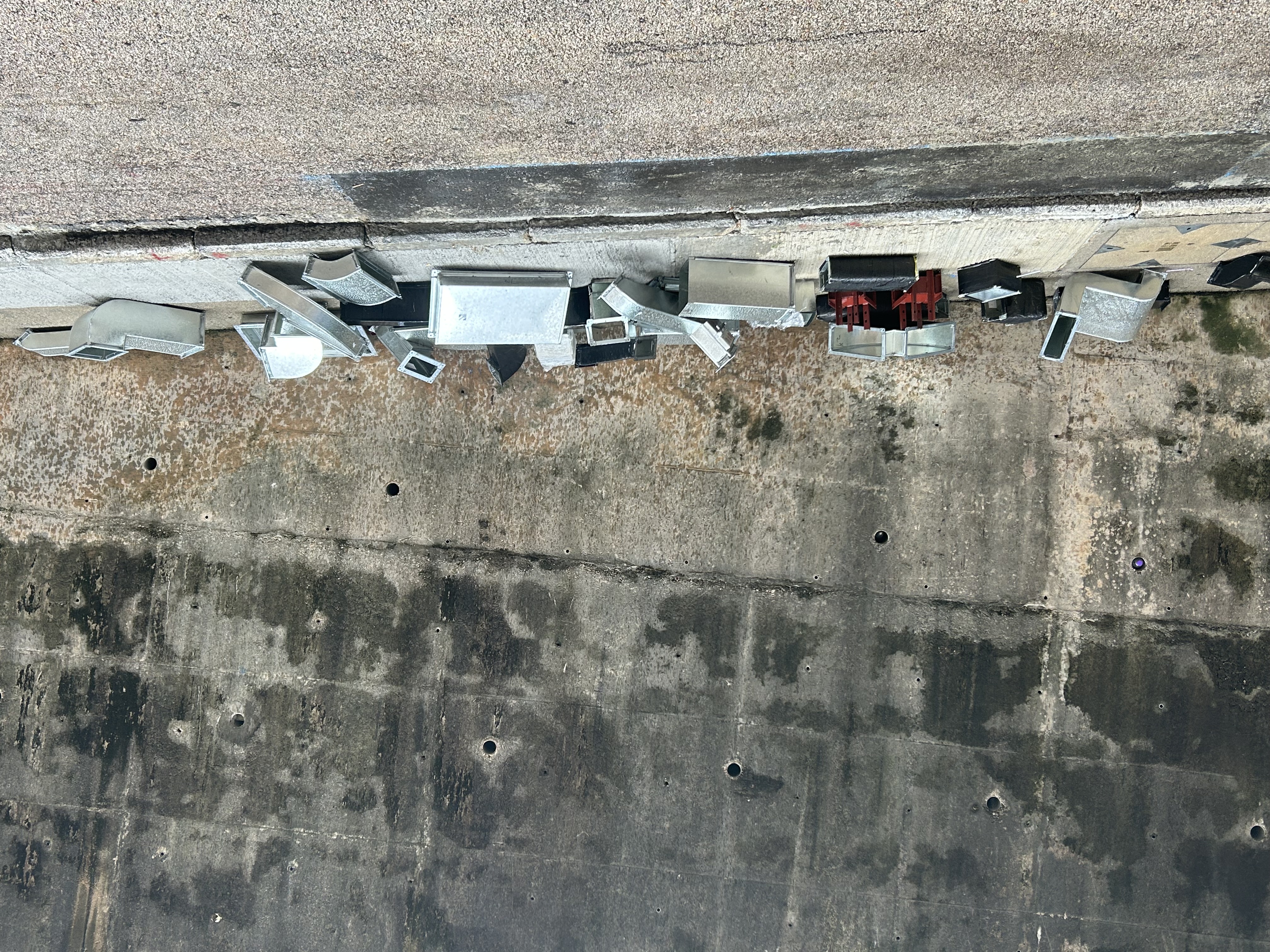Notes
1
International Energy Agency, CO2 Emissions in 2022 (IAE: March 2023).
2
This series developed out of responses to the essay “After Comfort” by Daniel A. Barber (Log 47, 2019), which has also been translated into Polish in Autoportret 76, no. 1 (2022) and will soon appear in French.
3
This linguistic inversion of the word “after” is inspired by the 2016 Oslo Architecture Triennial, “After Belonging,” curated by Lluis Alexandre Casanovas Blanco, Ignacio Gonzalez Galan, Carlos Minguez Carrasco, Alejandra Navarrete Llopis, and Marina Otero Verzier.
© 2023 e-flux and the author
